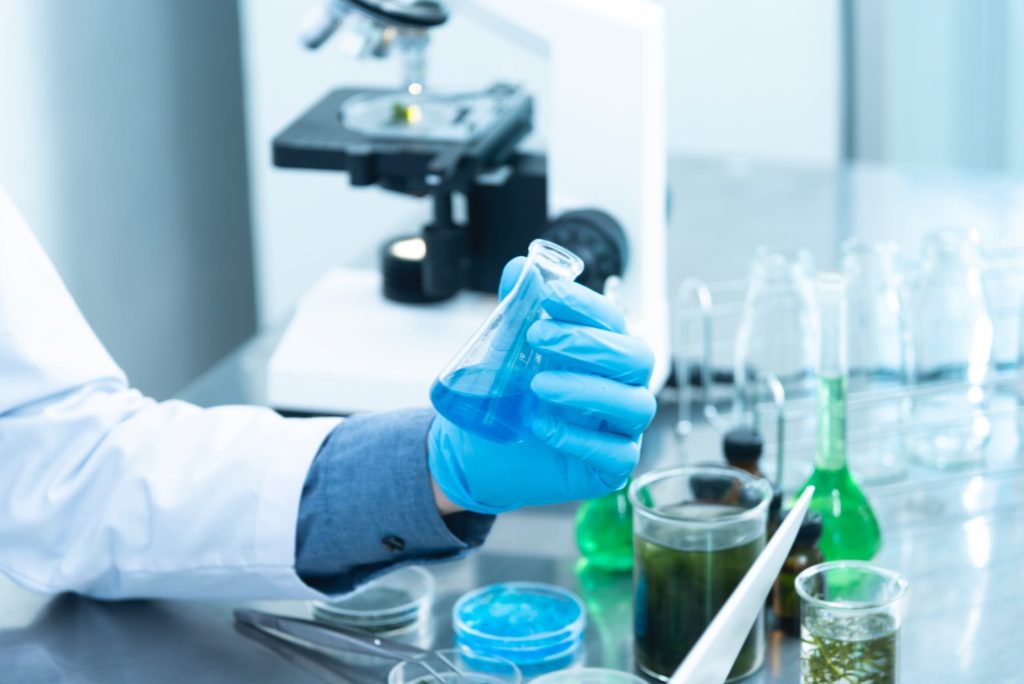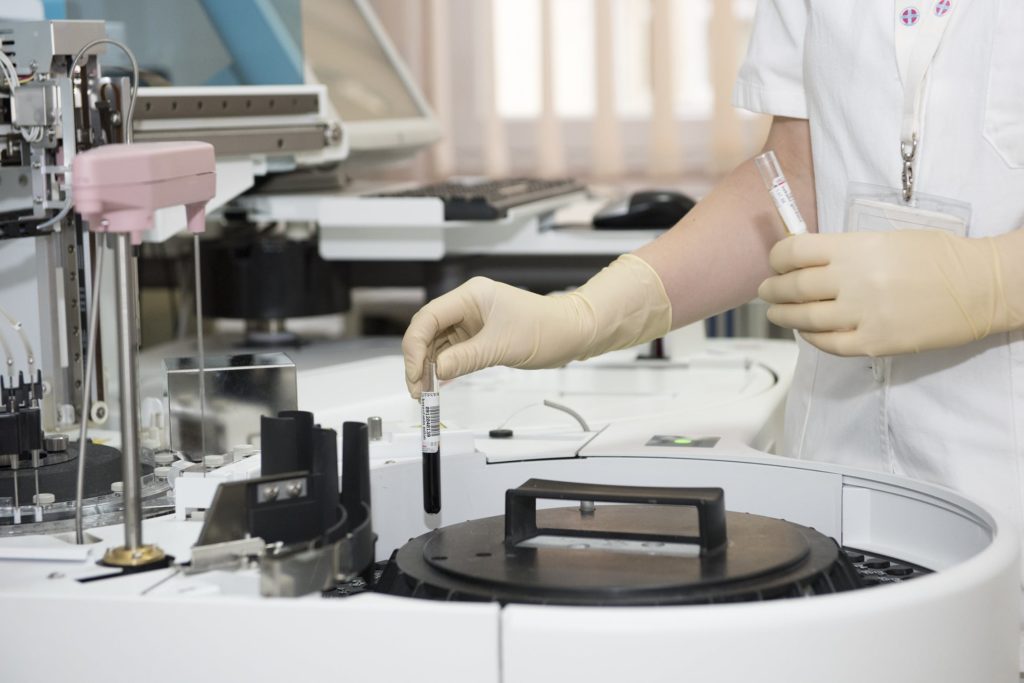Background
Long-stay patients in the intensive care unit (ICU) are among the sickest and most vulnerable in the hospital. Once in the ICU, they are subjected to numerous procedures and administration of many drugs. In healthy individuals, the human gut is home to a wide variety of bacteria and their genes (the human microbiome). However, in the long-stay ICU patient, there is a disruption in bacterial diversity. Indeed, studies using genetic detection of bacterial DNA have demonstrated that fewer types of bacteria are present and antibiotic-resistant bacteria may predominate. However, these genetic methods used have provided little information on the bacteria. Thanks to our recent groundbreaking experience of the direct genetic sequencing of DNA extracted from clinical samples we will explore bacteria in the gut of the ICU patient.
Method
Patients who are over 18 years of age and expected to stay on the ICU for more than 48 hours will be approached for participation in the study. Following consent, the first faecal sample passed on ICU and each calendar day thereafter will be collected until patient discharge from (or death on) the ICU. DNA extraction, quality control of extracted DNA, preparation of sequencing libraries and deep shotgun metagenomic sequencing will be carried out on these samples. From the sequence files, we will identify sequences that align to the human reference genome and exclude them from further analysis or deposition in public data repositories. We will then perform a range of analyses relevant to clinical microbiology and microbial ecology.


